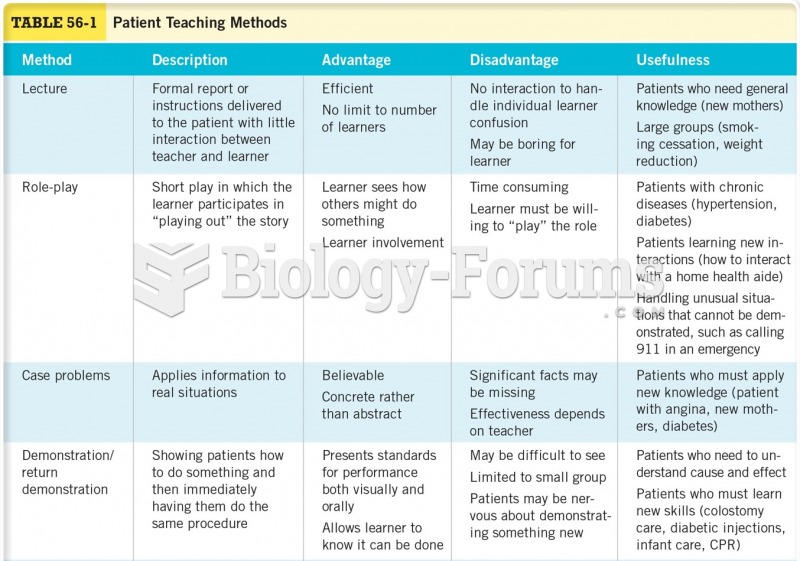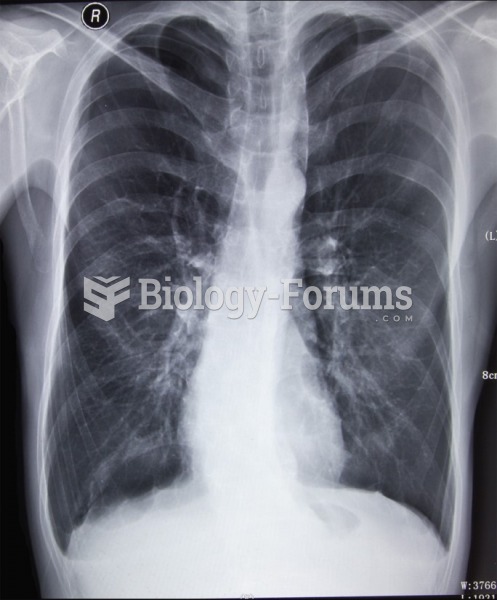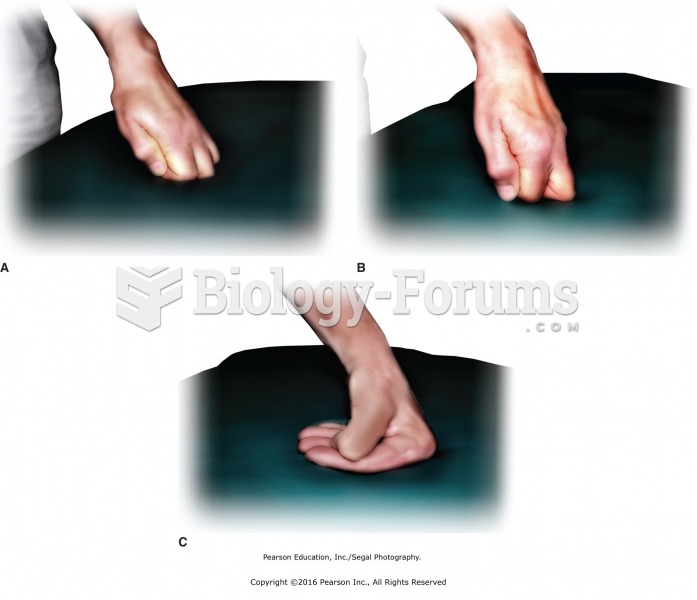Answer to Question 1
B, D
Health care providers use local anesthetic (e.g., lidocaine, bupivacaine, ropivacaine) during brief surgical procedures such as removing a skin lesion or suturing a wound. The drugs produce temporary loss of sensation by inhibiting nerve conduction. Local anesthetics also block motor and autonomic functions, depending on the amount used and the location and depth of an injection. Smaller sensory nerve fibers are more sensitive to local anesthetics than large motor fibers. Thus a patient loses sensation before losing motor function; conversely motor function returns before sensation. Local anesthetics cause side effects, depending on their absorption into the circulation. Itching or burning of the skin or a localized rash is common after topical applications. Apprehension can be alleviated when a nurse uses guided imagery. This patient is a candidate for local anesthesia because a specific body part needs to be localized. Epidural Analgesia has the occurrence of minimal sedation.
Answer to Question 2
A
Situational factors include work stress that happens with work overload (patient load, distractions, conflicting priorities), heavy physical work, long hour work shifts, patient concerns (dealing with death and medical treatment), and interpersonal problems with other health care professionals and staff. Coping strategies vary with the individual and the situation. Maturational factors involve stressors and coping strategies that vary with life stage. Sociocultural factors include prolonged poverty, physical handicap, and chronic illness. Compassion fatigue is a term used to describe a state of burnout and secondary traumatic stress.






